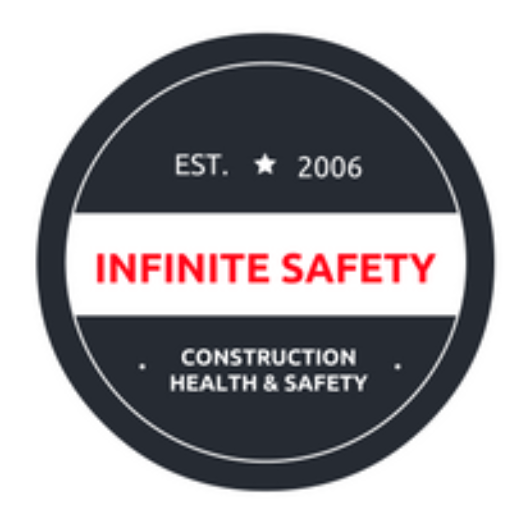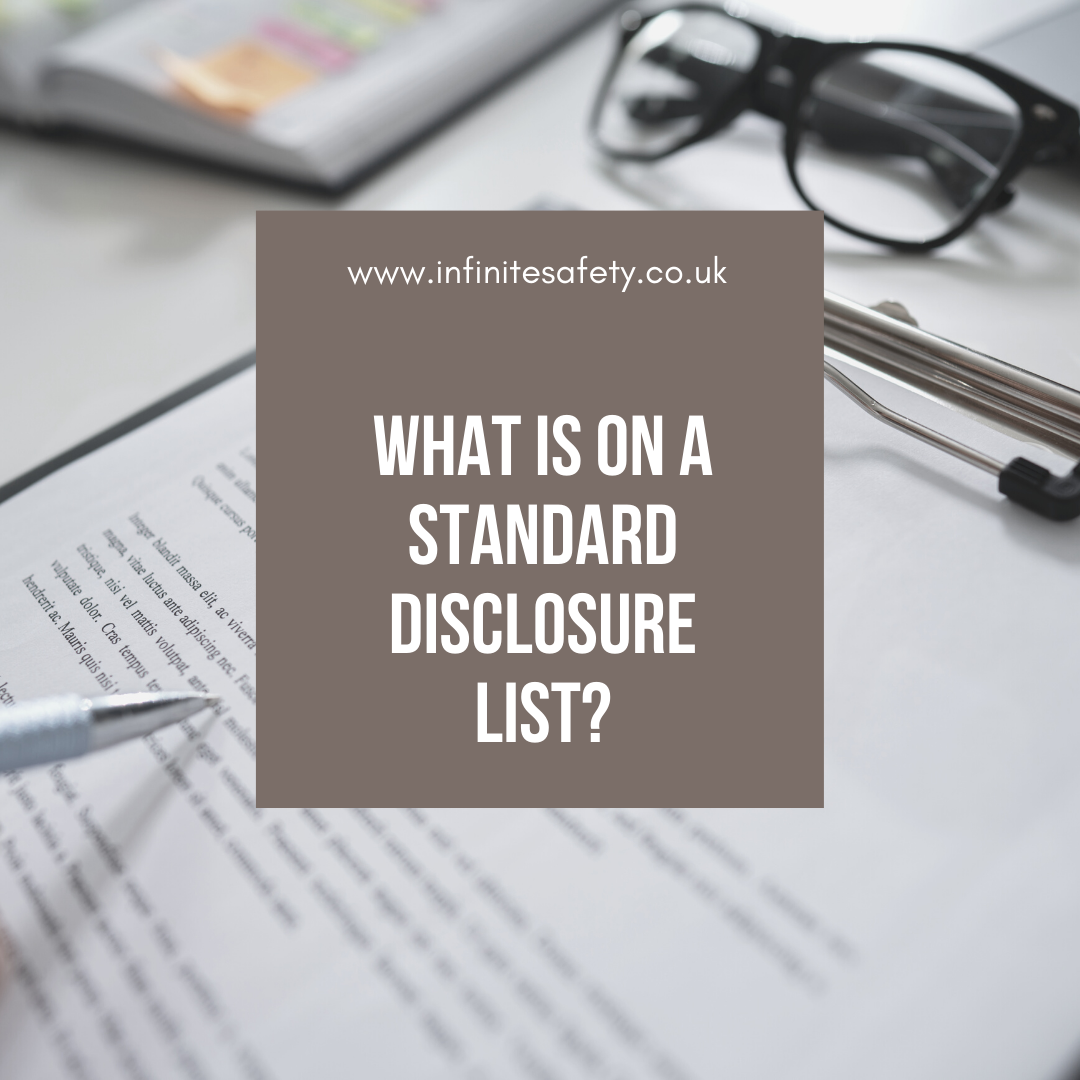The Standard Disclosure List for Workplace Injury Claims is a list of documents that you need to provide when a personal injury claim is brought against your business.
A standard disclosure list is part of the pre-action protocol for personal injury claims, introduced for several reasons; to speed up the claim process, to ensure all parties have access to the same, relevant information and to enable settlement rather than litigation. The most interesting reason is to ensure the claimant has access to medical or rehabilitation treatment at the earliest opportunity.
The standard disclosure list is lengthy but if a thorough accident investigation has been carried out, all the documents should be to hand.
What Documents are on a Standard Disclosure List?
There are 28 documents on a standard disclosure list and some of those documents can be multiple documents, such as inspection reports.
If the personal injury claim relates to a specific piece of legislation, such as the Provision and Use of Work Equipment Regulations, then additional documents will be required. These are likely to be inspection records to prove you have fulfilled a statutory duty detailed in a specific regulation.
Twenty Eight Documents You HAVE TO Provide
The standard disclosure list for workplace accidents is detailed below. Not all items are relevant but most will be. Good organisation in site offices alongside prompt accident investigation will ensure that your company is protected from large, and sometimes, false or exaggerated claims.
The Standard Disclosure List for Workplace Claims
i) accident book entry;
(ii) other entries in the book or other accident books, relating to accidents or injuries similar to those suffered by our client (and if it is contended there are no such entries please confirm we may have facilities to inspect all accident books);
(iii) first aider report;
(iv) surgery record;
(v) foreman/supervisor accident report;
(vi) safety representative’s accident report;
(vii) RIDDOR (Reporting of Injuries, Diseases and Dangerous Occurrences Regulations) reported to HSE or relevant investigatory agency;
(viii) back to work interview notes and report;
(ix) all personnel/occupational health records relating to our client;
(x) other communications between defendants and HSE or other relevant
investigatory agency;
(xi) minutes of Health and Safety Committee meeting(s) where accident/matter
considered;
(xii) copies of all relevant CCTV footage and any other relevant photographs, videos and/or DVDs;
(xiii) copies of all electronic communications/documentation relating to the accident;
(xiv) earnings information where defendant is employer;
(xv) reports to DWP;
(xvi) manufacturer’s or dealers instructions or recommendations concerning use of
the work equipment;
(xvii) service or maintenance records of the work equipment;
(xviii) all documents recording arrangements for detecting, removing or cleaning up any articles or substances on the floor of the premises likely to cause a trip or slip;
(xix) work sheets and all other documents completed by or on behalf of those
responsible for implementing the cleaning policy and recording work done;
(xx) all invoices, receipts and other documents relating to the purchase of relevant
safety equipment to prevent a repetition of the accident;
(xxi) all correspondence, memoranda or other documentation received or brought
into being concerning the condition or repair of the work equipment/the premises;
(xxii) all correspondence, instructions, estimates, invoices and other documentation submitted or received concerning repairs, remedial works or other works to the work equipment/the premises since the date of that accident;
(xxiii) work sheets and all other documents recording work done completed by those responsible for maintaining the work equipment/premises;
(xxiv) all relevant risk assessments;
(xxv) all reports, conclusions or recommendations following any enquiry or investigation into the accident;
(xxvi) the record kept of complaints made by employees together with all other documents recording in any way such complaints or actions taken thereon;
(xxvii) all other correspondence sent, or received, relating to our client’s injury prior to receipt of this letter of claim;
(xxviii) documents listed above relating to any previous/similar accident/matter
identified by the claimant and relied upon as proof of negligence including accident
book entries;
The Importance of a Good Safety Management System
At first glance, the standard disclosure list is long and daunting. If you have good health and safety management systems in place you will have no problem producing the documents. Undertaking an accident investigation as soon as an accident occurs on site will also assist in pulling together the items on the list.
If you have received a personal injury claim and you need help in pulling your standard disclosure list documents together, get in touch and we can help.

